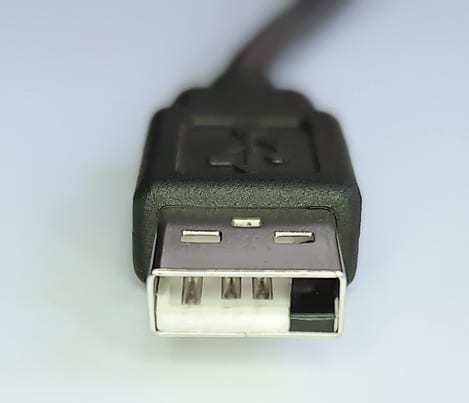A frequent problem with Raspberry Pi is undervoltage and overheating. This can cause severe problems during operation and damage your pi and your sd card:
- Reduction of CPU frequency
- Software crashes
- Disconnecting USB devices
- Reboot of the Raspberry Pi
- Unstable Wifi
- Camera problems
How to detect that I have this problem
We highly recommend to use Repetier-Server 0.94 or newer, because there we have added a test for these problems. In the menu bar you see a bolt icon that shows hardware infos when opened. When your Pi detected undervoltage or was throttled due to overheating or undervoltage, you will see an entry about this. Note that at the beginning there might be no entry and it appears during operation when CPU gets hot or the load changes.
Alternatively you can login using SSH and run:
vcgencmd get_throttledIf it returns 0x0 everything is ok.
Solutions
If the problem is overheating, you should improve cooling, so that the air can circulate.
If the problem is undervoltage, the voltage should be stabilized on a higher level. There are several ways to do this:
- Use a good power supply and not a cheap phone charger, because they do not react quickly to voltage changes. Use a solid 3A power supply, best with 5.1 V output. Undervoltage can damage the micro SD memory card or the Raspberry Pi. We recommend the official power supply from Raspberry for your specific model.
- Use a power supply with an integrated charging cable that is designed for your Raspberry Pi. If you want to use an USB cable, use a good USB cable from the power supply to the Pi. Some cables have a higher internal resistance so that not enough voltage reaches the Pi.
- Do not connect too many devices that draw voltage. Use a powered USB hub instead of attaching it directly to your Raspberry Pi.
- Some printers use power from the Pi to supply power to the printer’s motherboard and display, although they could also be supplied directly from the printer’s internal power supply. In this case you can tape over the VBUS (+5 V) on pin 1 with electrical tape:

-
Pin 1: VBUS (+5 V)
Pin 2: Data-
Pin 3: Data+
Pin 4: GroundWith flat tweezers this is quickly covered:

If you cover the wrong pin, communication might not work. In this case just remove the plug und place the tape on the correct pin.
A few printers only work with 5V over USB. For these the fix will not work, so that you have to remove the tape.


